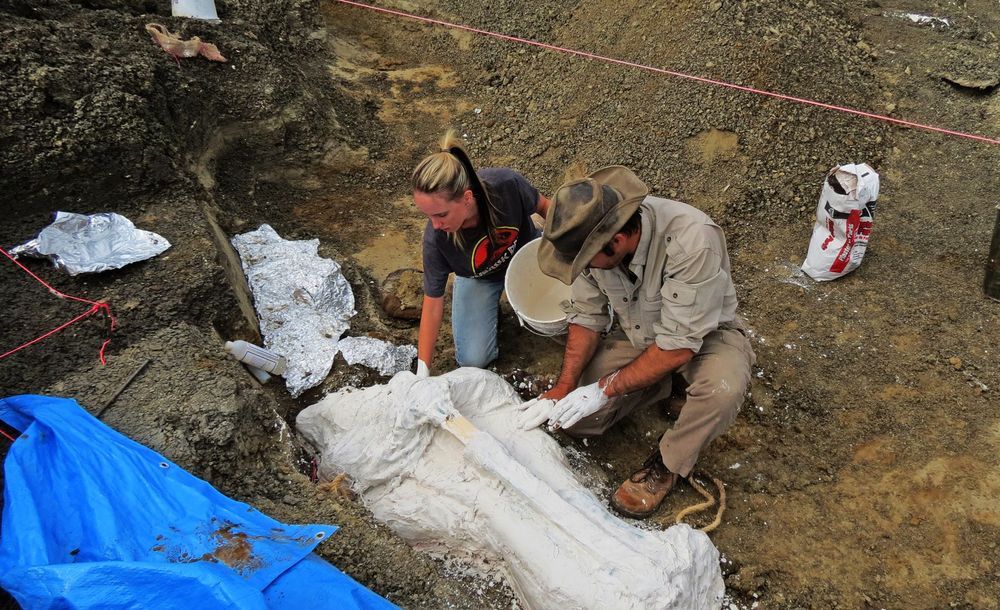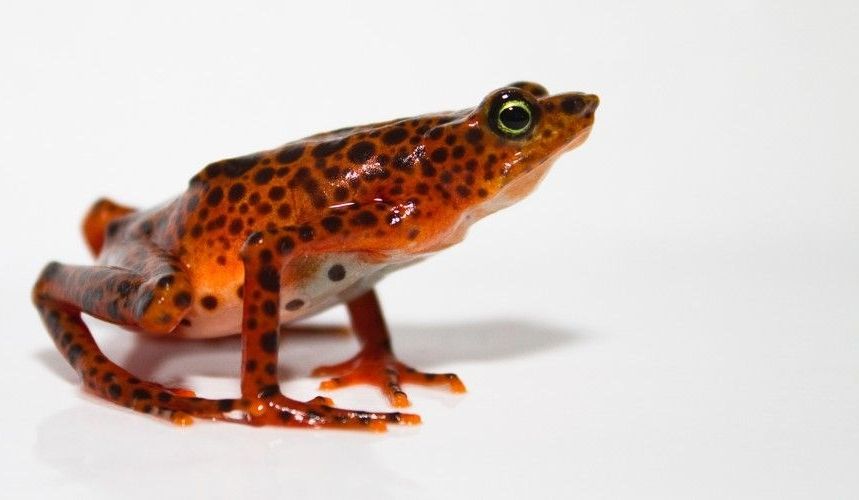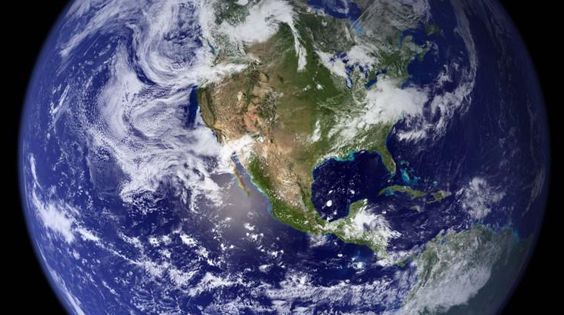In 2022, if all goes well, NASA will launch Psyche, a space probe intended to visit the asteroid of the same name (16 Psyche is its formal designation). It’s a particularly exciting mission given Psyche’s unique nature and highly unusual composition.
The asteroid belt is composed of three types of asteroid: C-type (carbonaceous, ~75 percent of all asteroids), S-type (silicate-rich, ~17 percent of asteroids) and M-type (metal-rich), which are roughly 10 percent of the total population. The numbers, in this case, don’t add up to 100 percent because we aren’t sure of the exact ratios. 16 Psyche is an M-type asteroid made of iron-nickel. What makes it unusual is that it’s believed to be the now-exposed core of a protoplanet. It’s also estimated to be worth $10,000 quadrillion dollars, if anybody has a towing hitch handy.
16 Psyche isn’t large — its radius is estimated at 112 km, and it isn’t round. Our current best estimate of its composition indicates that it’s 90 percent iron. Its parent body, assuming that it had one, is assumed to have been approximately 500km in diameter, or roughly half the size of Ceres. If Psyche is a core remnant it’s possible that others remain as well, but the asteroid isn’t part of any known family. One theory for its formation is that it was struck a number of times, but never with enough force to shatter it. The remaining fragment represents the iron core of a protoplanet, possibly covered by a thin layer of silicates or remnant components of the original mantle.






